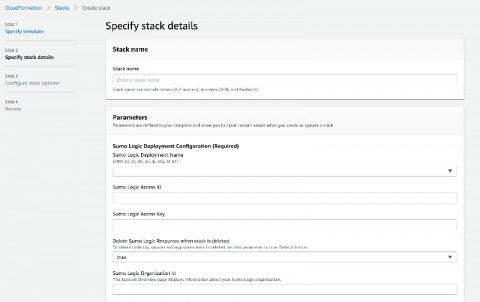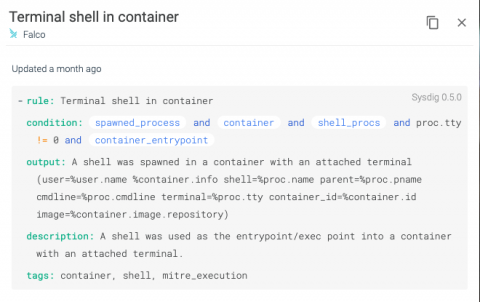The "Great Cannon" Has Been Deployed Again
Summary The Great Cannon is a distributed denial of service tool (“DDoS”) that operates by injecting malicious Javascript into pages served from behind the Great Firewall. These scripts, potentially served to millions of users across the internet, hijack the users’ connections to make multiple requests against the targeted site. These requests consume all the resources of the targeted site, making it unavailable.









